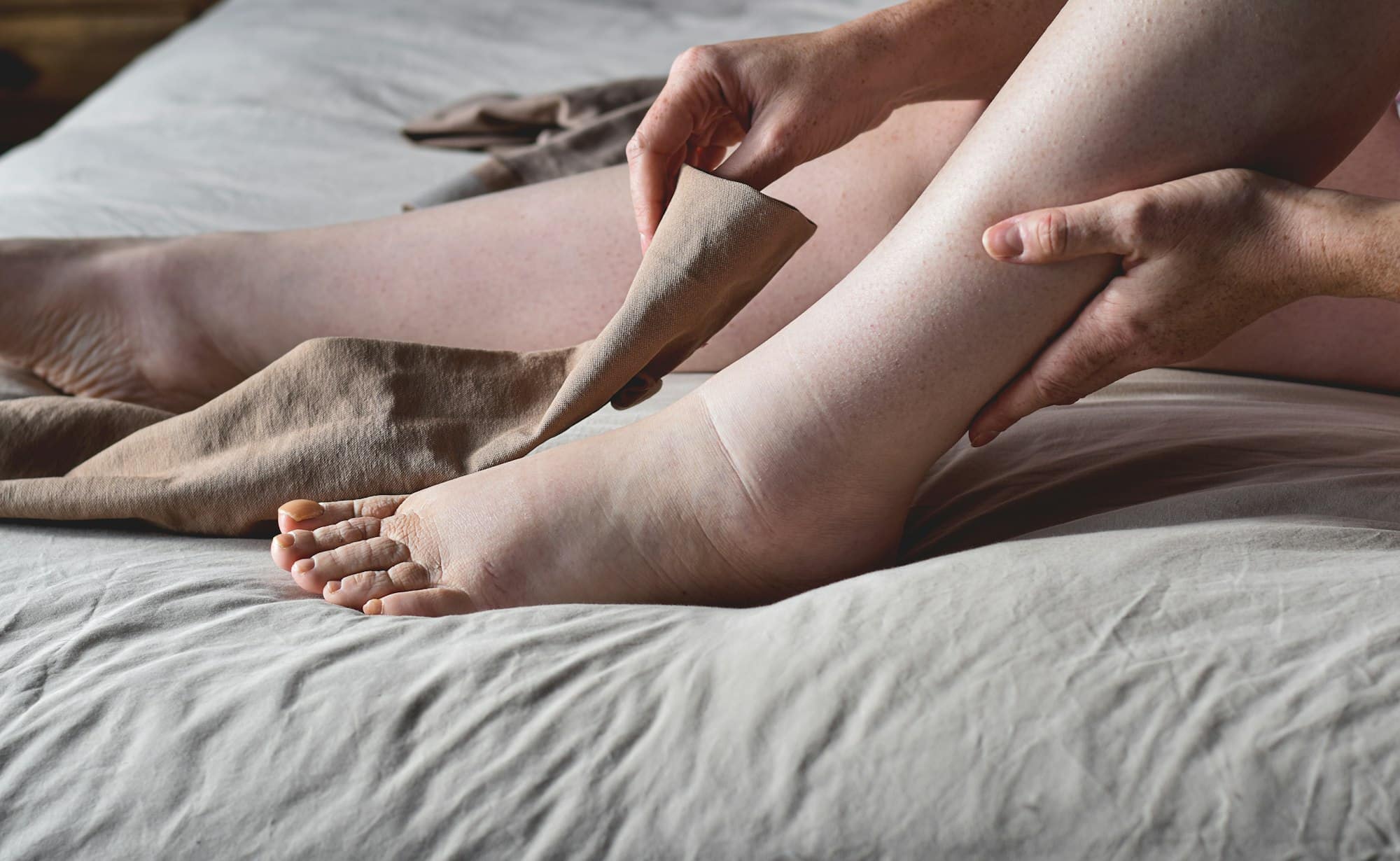What’s the Role of Compression Clothing in Enhancing Recovery for Ultra-Runners?

Aching muscles, tired limbs and the euphoria of conquering the path, all of these are part and parcel of the life of an ultra-runner. You often push your body to the limit, but how do you ensure your body bounces back optimally? The answer might lie in an unexpected place: your wardrobe.
Enter compression garments. These snug-fitting sports clothing staples are touted for their potential benefits in enhancing performance, speeding up recovery, and reducing muscle damage. With the ever-growing popularity of these garments in the sports world, it’s high time to delve into the science behind them.
Sujet a lire : How Can Nutrigenomics Inform Personalized Diet Plans for Elite Cyclists?
The Science Behind Compression Garments
Before we delve into how compression garments may aid your recovery, let’s first understand their mechanics. Compression garments, as the name suggests, apply a certain degree of pressure to the body’s surface. This compression force stimulates the circulation of blood by narrowing the diameter of major veins, thereby pumping blood from your muscles back to your heart more efficiently. This improved circulation may then lead to enhanced removal of metabolic waste products, reduced muscle swelling, and faster muscle repair.
Several studies have delved into the effectiveness of compression garments. According to a research study published on PubMed, wearing compression garments during and after exercise was found to improve perceived muscle soreness and reduce muscle damage and inflammation (DOI: 10.1249/JSR.0b013e3182956557).
A lire également : Discover the pioneers behind soccer's origins and history
Compression Garments and Exercise Performance
You might wonder if wearing compression garments can enhance your performance during training or running. The reality is, studies on the effects of compression clothing on performance have shown mixed results.
According to one study published on PubMed, compression stockings were found to have no significant effect on running performance in terms of speed or endurance (DOI: 10.1080/02640414.2015.1012109). However, the same study found that the stockings did significantly reduce muscle damage and promote faster recovery. Thus, while they may not make you faster, compression garments could potentially increase the frequency and intensity of your training sessions by speeding up your recovery phase.
Compression Garments and Muscle Recovery
One of the most significant benefits attributed to compression garments is muscle recovery. Wearing compression clothing post-exercise is believed to help reduce muscle swelling and soreness, enhance the removal of lactic acid, and subsequently, foster faster muscle repair.
One research study on PubMed found that participants who wore compression garments for 48 hours after intense squatting exercises experienced less muscle soreness and swelling compared to those who did not wear the garments (DOI: 10.1519/JSC.0b013e3181b42589).
This is particularly useful for ultra-runners, whose muscles undergo severe stress during long-distance running. By wearing compression garments post-run, you may significantly speed up your recovery process and get back on the track sooner.
Choosing the Right Compression Garments
Now that we understand the potential benefits of compression garments, how do you go about choosing the right ones? It’s important to remember that not all compression garments are created equal.
Firstly, the degree of compression is key. A research study found that moderate levels of compression (between 20 to 30 mmHg) are most effective in enhancing muscle recovery (DOI: 10.1080/14763141.2011.592210).
Secondly, the fit of the garment is crucial. Too tight and it might restrict blood flow; too loose and it won’t provide sufficient compression. Therefore, it’s best to try on different garments and choose the one that feels most comfortable yet provides a snug fit.
The Verdict on Compression Garments
While the jury is still out on whether compression garments can enhance performance directly, there’s compelling evidence that they can aid in muscle recovery. This, in turn, could potentially allow for more intense and frequent training sessions, thereby indirectly improving performance.
As an ultra-runner, your muscles are your most valuable asset. By investing in quality compression garments and wearing them during and post-run, you may just provide your muscles with the support they need to recover faster, perform better, and carry you across many more ultra-running finish lines.
The Role of Compression Garments in Ultra-running Training
Incorporating compression garments into your training regime as an ultra-runner can have several beneficial effects. For one, these garments can aid in muscle recovery by reducing muscle soreness, damage, and increasing blood flow. The use of compression gear is therefore not just limited to during the race, but extends to the preparation phase as well.
Various studies have highlighted the positive effects compression gear can have in an athlete’s training regimen. According to one study published on PubMed, runners wearing compression stockings experienced less muscle damage and promoted faster recovery (DOI: 10.1080/02640414.2015.1012109). This means that while compression clothing may not provide an immediate boost in speed or endurance, it could potentially help you train harder, for longer periods of time, and with lesser recovery time.
Additionally, compression garments can help remove lactic acid from your muscles after intense training sessions. This is particularly beneficial as lactic acid build-up can cause muscle cramps and fatigue, hindering your sports performance. By wearing compression gear, you potentially boost your body’s ability to flush out this by-product, promoting a more efficient recovery process.
Lastly, wearing compression during training also prepares your muscles for similar conditions during the race, making the transition smoother. Therefore, compression sportswear could be considered an integral part of an ultra-runner’s training toolkit, helping you prepare and recover more effectively.
Conclusion: Are Compression Garments Worth the Investment?
As an ultra-runner, investing in your body’s recovery process is just as crucial as investing in your training. And compression garments might just be the piece of the puzzle you’ve been missing. While the garments themselves may not directly enhance performance, the science suggests that they do aid in muscle recovery.
The benefits of wearing compression clothing – from improved blood flow to reduced muscle damage and soreness – can lead to more efficient training sessions. Not only can this aid in your preparation for a race, but it can also potentially expedite your recovery post-race. If you’re an ultra-runner lacing up for the Marathon des Sables or any other endurance test, these benefits could mean the difference between merely finishing, and crossing the finish line at your personal best.
However, remember that the effectiveness of compression garments greatly depends on the degree of compression and the fit of the garment. Therefore, it’s recommended to try on different compression stockings or socks to find the gear that offers the right amount of pressure and comfort.
In conclusion, if you’re an ultra-runner pushing your body’s limits, quality compression garments could be a worthy addition to your running gear. So, go ahead, give compression a try and see if it helps you conquer more ultra-running finish lines.
